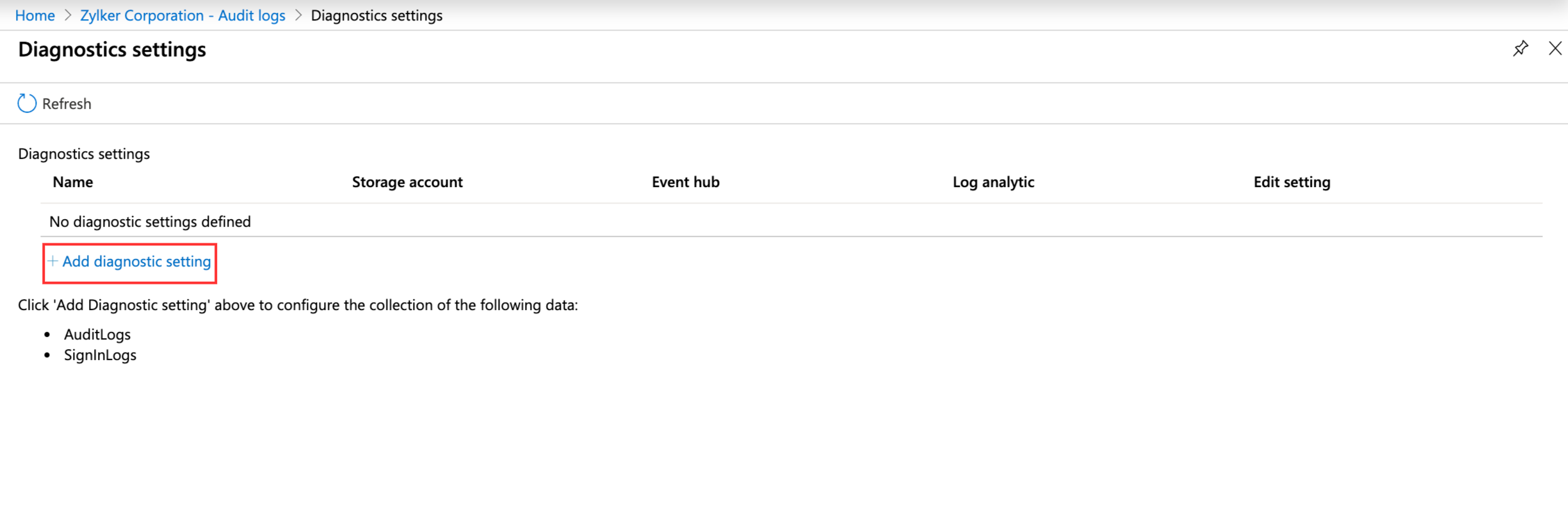
Omnidisksweeper diagnostic logs mac#
(Or press Command-space bar and start to type ‘activity’ and press enter to open it from there).Īctivity Monitor shows all the processes on your Mac (some of which you can’t, or shouldn’t, close) so go to the menu bar at the top of the screen and click View > Windowed Processes before you do anything. If you want to see which apps are using up your system resources, open the Activity Monitor in the Utilities folder. Some apps are more power hungry than others, and sometimes apps have issues that cause them to grab more than their fair share of your system resources.
Omnidisksweeper diagnostic logs how to#
Read How to Force Quit on a Mac for more information. In here you’ll see a list of all open applications, simply highlight the one you think is playing up and click the Force Quite button. To do this, click on the Apple logo in the top left corner then select the Force Quit option. Should you not get any options at all or just a spinning beach ball, you can use the Apple menu to shut the unresponsive app down. If when you Right-click on the icon in the Dock you see the Force Quit option against it you likely have identified the culprit because a problem with that app is probably slowing down your whole system. Right-click (or Ctrl-click) on their icon in the Dock and choose Quit, or if you are using the App Switcher, select a program and press Command-Q to quit it. There are a few ways you can shut down these apps. Programs that are running will have a dot underneath them (if you can’t see this dot, open System Preferences and click Dock and ensure there is a tick next to ‘Show indicator lights for open applications’.)Īlternatively you can press Command + Tab to bring up the App Switcher and tab through to see which apps are open. If you haven’t shut your Mac down recently your Mac may be devoting memory and CPU space to a program you haven’t used since last week, instead of to the apps you want.Ī quick way to see which apps are running is to glance at the Dock at the bottom of the screen. It might sound obvious, but the best place to start, if you don’t want to shutdown, is to close down any programs that are running unused in the background. If right now shutting down and restarting isn’t for you – or that doesn’t work – there are plenty of other tips below to work through as you attempt to speed up your Mac. The result is a Mac that’s refreshed and should perform better. If you do leave your Mac running at night note that means caches don’t get flushed and applications that hog RAM don’t let it go. Restarting your Mac clears the caches and shuts down applications. If you run maintenance or backup scripts at night, your Mac can always be set to shut down after these. Once the number of swap files exceeds five or so, your Mac starts to slow down. MacOS uses swap files, spaces on your hard disk that allow your Mac to pretend it has more RAM than it actually has, for virtual memory. The disadvantages of waiting for a minute (possibly less) while your Mac starts up will no doubt be outweighed by the speed improvements if you’re marginal on RAM. Back in the days of slow hard drives starting up your Mac again might have been something you did while making a cup of tea, but modern Macs are much faster to start up. The main advantage of sleeping your Mac is to be able to continue where you left off quickly. The old argument of leaving a computer on as much as possible was based on the wear and tear of restarting the hard drive, but the restart argument rests on more than just this. Few aspects of Macs cause more arguments than the one about what to do at the end of the day: shut down or sleep? We address that here: Should I shut down my Mac every night?

In fact that is why we recommend that you do restart regularly. But restarting is usually the first fix for any Mac that’s slowed right down.


However, we understand that there will be lots of reasons why you don’t want to do that – perhaps you don’t want to stop what you are doing and wait while your Mac restarts and the app you were using is reloaded. One of the most obvious things you can do if your Mac has slowed down is restart it.


 0 kommentar(er)
0 kommentar(er)
